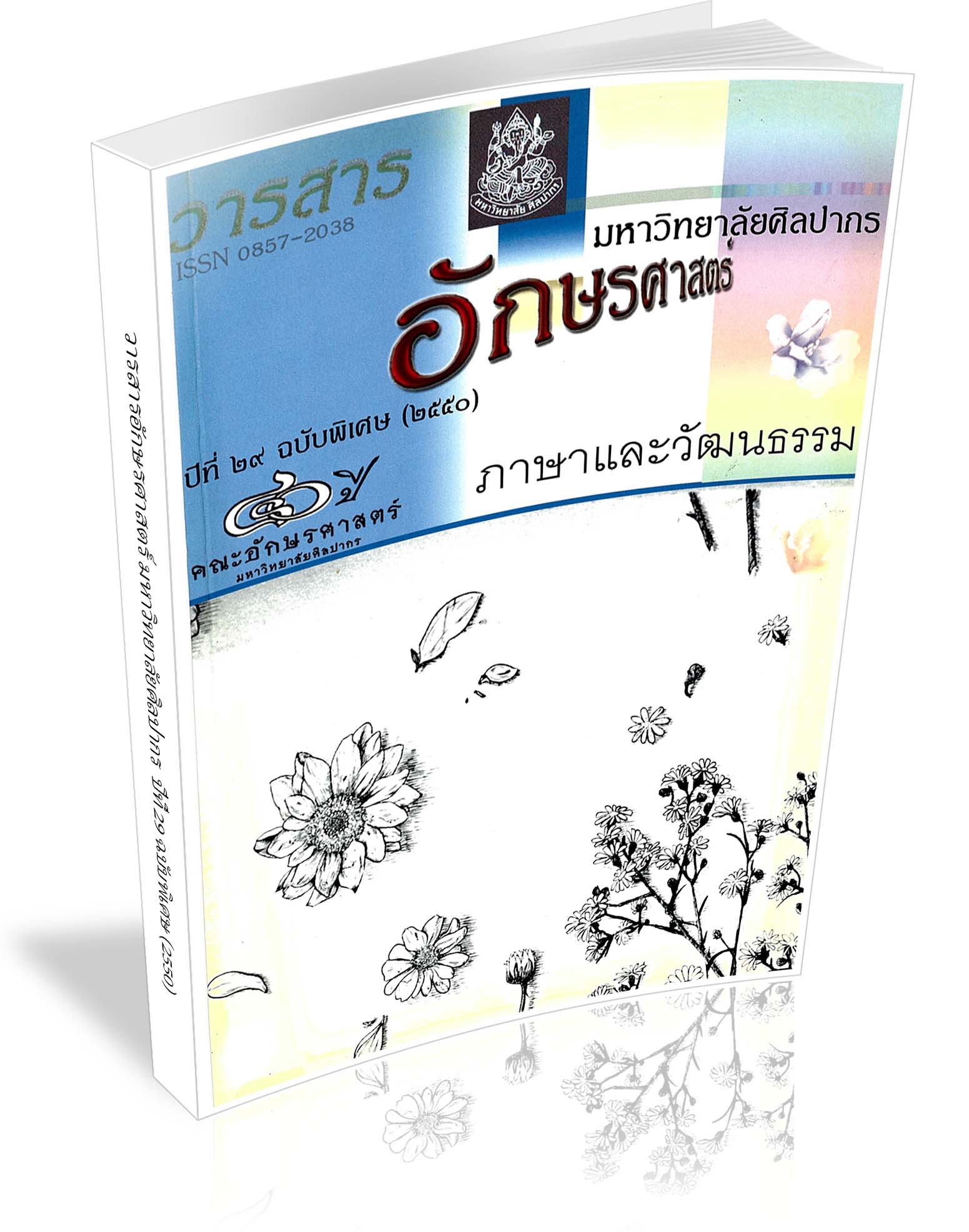The Gold Rushes of the 1850s and the New Cultural Aspects in Australia
Keywords:
การตื่นทอง, ออสเตรเลีย, การเปลี่ยนแปลงทางการเมืองAbstract
The gold rushes of the 1850s followed the discoveries of Edward Hargrave marks the most crucial period for the development of Australia, especially the new cultural aspects, political changes and Australianism. Gold was discovered in massive qualities in New South Wales and Victoria in 1851, and much of the world suddenly learned the land called Australia which had long been the English panel colony since 1788. A very large number of free middle class, professional people and the Chartists among the gold diggers and the new settlers altered the new outlooks of eastern Australian colonies, of New South Wales and Victoria most of all. At the same time, some 40,000 Chinese gold seekers became the victim of racial prejudices, and occasionally anti-Chinese riots. Finally, all colonies enacted legislation to prohibit the Chinese immigration, or later known as “the White Australia Policy” which reserved Australia for the white only.
Downloads
References
Barnard, Marjorie. A History of Australia. (reprinted) London : Angus & Robertson, 1986.
Chambers, John H. Australia. 2nd ed. Gloucestershire : The Windrush Press, 2000.
Downloads
Published
How to Cite
Issue
Section
License
ผู้เขียนบทความต้องยินยอมในข้อกำหนดต่าง ๆ ของวารสารก่อนส่งบทความตีพิมพ์




